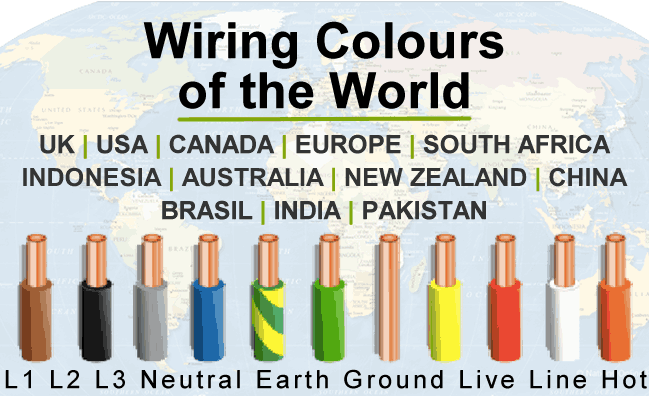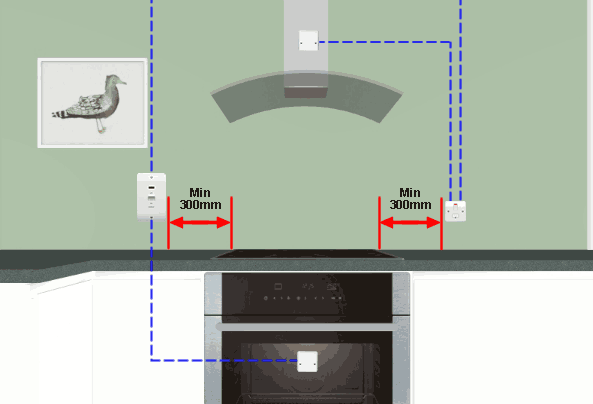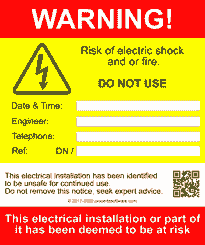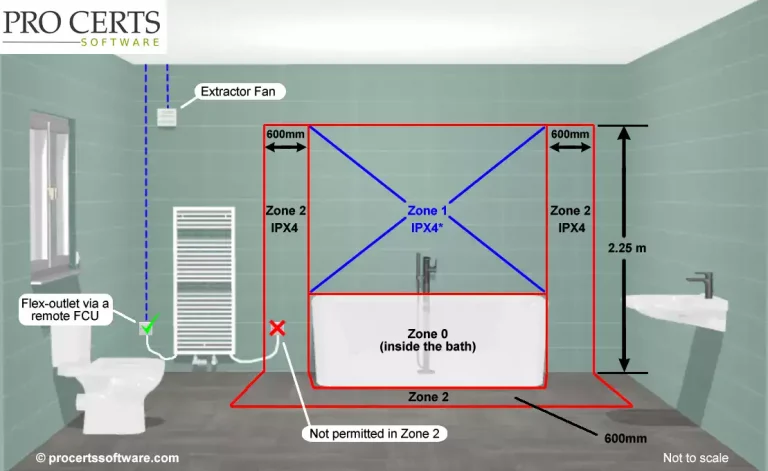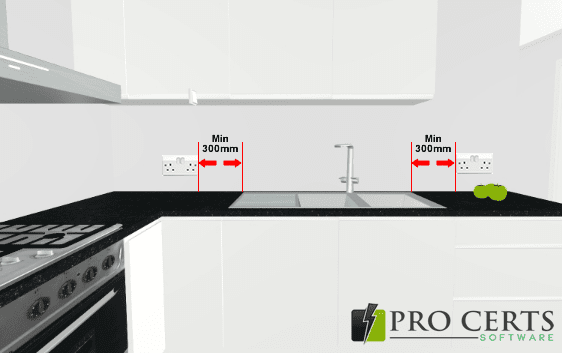EICR Code for Unidirectional RCDs
What code should I allocate to an EICR where the Solar PV or Battery Storage system is connected via a Unidirectional RCD?
Electrical Safety First have issued some guidance on EICR coding for Unidirectional RCDs. The code given for Unidirectional RCDs seems to depend on the purpose of the RCD whether to issue a Code C2 or Code C3.
1) First lets understand the differences between Unidirectional and Bidirectional protective devices...
What the difference between Unidirectional and Bidirectional?
The difference between a Unidirectional RCD and a Bidirectional RCD is that a Unidirectional RCD is designed to work in a single direction, and a Bidirectional RCD is designed for two directional applications.
- Unidirectional = Single directional.
- Bidirectional = Two directional.
A Unidirectional RCD or MCB is designed to only accept the incoming Live supply to the protective device via one dedicated side of the RCD or MCB, for example ‘LINE’ or ‘IN’, and the outgoing Load connected to the dedicated ‘LOAD’ or ‘OUT’ terminals.
Some devices may only indicate the terminal numbers such as ‘1 & 3’ (LINE / IN) and ‘2 & 4’ (LOAD / OUT), or even just arrows to indicate the direction of current flow, however always refer to the manufactures instructions incase it differs.
A Bidirectional RCD or MCB is designed to accept the Live supply via either (or both) side(s) of the protective device.
The BEAMA Technical Bulletin states that “RCDs and MCBs NOT marked “in” and “out” or “line” and “load” or with arrows indicating the direction of power flow, typically referred to as bidirectional“, however you should always refer to the manufactures instructions and not just assume, see the following statement…
The BEAMA Technical Bulletin also states:
the installation of electrical equipment must take account of the manufacturer’s instructions as stated in both Regulation 134.1.1 and Regulation 510.3. Contravening these requirements could be deemed to be non-compliant with BS 7671 and not following manufacturer’s instructions will invalidate any device certification and warranty.
For further information see section 4 of the BEAMA Technical Bulletin at the end of this post.
2) Now lets take a look at the issues involved with incorrectly connected Unidirectional protective devices such as RCBOs, RCDs and MCBs...
Incorrectly Connected Unidirectional Protective Devices.
Unidirectional MCB, Incorrectly connected Unidirectional MCBs can have their arc extinguishing / short-circuit characteristics impaired.
A common occurrence of incorrectly connected Unidirectional MCBs is sometimes found within three phase distribution boards where the MCBs have been fitted the wrong way round, this can be clearly obvious if the distribution board also contains RCBOs as you will be able to see that the ON position of the MCB is in the opposite direction to the ON position of the RCBO, which in turn creates its own problems.
Unidirectional RCD, Incorrectly connected Unidirectional RCDs can have their RCD function rendered permanently inoperable, e.g. if, under certain conditions, there is a voltage present on their load terminals. The damaged RCD could remain in use without indication that its RCD protective function no longer operates.
Under no circumstances is it acceptable to connect any power supply e.g. battery storage, PV systems, EV to home, a micro-generator, or grid (mains) supply to the load terminals of such unidirectional devices.
For further information see section 4 of the BEAMA Technical Bulletin at the end of this post.
3) Now that we have a basic understanding of Unidirectional and Bidirectional protective devices, lets dive in to EICR coding...
EICR Coding of Unidirectional MCBs and RCDs
There is a high chance that within many existing electrical installations incorporating Solar PV, Battery Storage Systems or Micro-Generators and the like, that the connection of the output from those systems to the properties mains electrical installation are connected via a Unidirectional RCD, MCB or both.
BEAMA recommends that electrical installation inspectors, when carrying out Electrical Installation Condition Reports (EICR) on existing installations, will need to determine if any, the appropriate classification code for an incorrectly installed unidirectional RCD/RCBO and/or MCB.
- C1 = Danger Present
- C2 = Potentially Dangerous
- C3 = Improvement Recommended
- FI = Further Investigation Required
Electrical Safety First published a BS7671 WRAG Guidance on 2nd August 2024 to address the EICR coding of Unidirectional RCDs, from which the information below was derived.
What EICR code if the supply to a Unidirectional RCD is connected to the “LOAD” or “OUT” terminals?
It is recommended that the manufacture of the device is consulted to establish if the device is Bidirectional or not, irrespective of the unidirectional markings, then…
a) If the manufacturer provides a declaration of conformity that the RCD is a bidirectional device, this information should be appended to the EICR and a classification code is not required.
b) If the manufacture of the RCD does not provide a declaration as above, or you are unable to obtain that information, then the following EICR codes should be applied…
- Code C2, If the RCD is unidirectional and is being relied upon to meet the maximum disconnection times in BS 7671 for fault protection.
- Code C3, If the RCD is unidirectional and is being relied upon for additional protection (but not for fault protection), then an improvement is recommended.
Summary
If the supply to a Unidirectional RCD is connected to the LOAD or OUT terminals and the RCD is being relied upon for “fault protection” (i.e. to meet the maximum permitted Zs and disconnection times) = C2
If the supply to a Unidirectional RCD is connected to the LOAD or OUT terminals and the RCD is being relied upon for “additional protection” (but NOT for fault protection) = C3
If you are unable to determine if the RCD is Unidirectional or Bidirectional, or if the device is relied upon for fault protection or not, then that may warrant a C2.
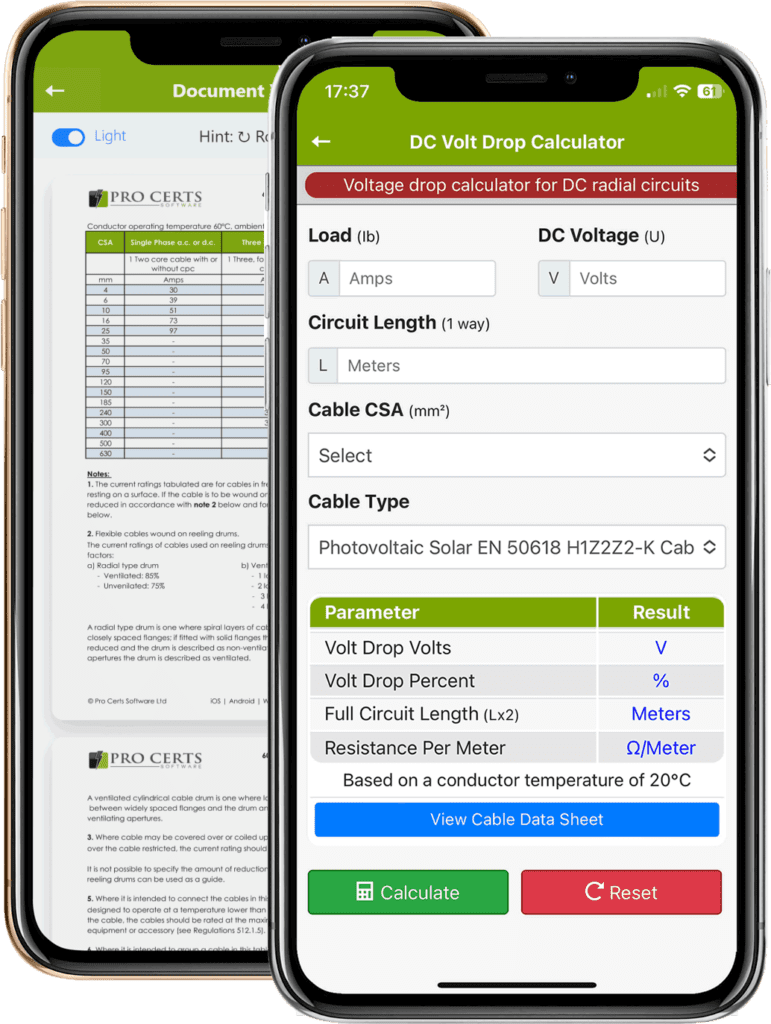
Download The App!
Electrical Tools and Reference, full to the brim of electrical tables, charts and calculators.
For further information visit The Electricians App.
Or, get the cloud desktop version →
References:
- The Electrical Safety First BS 7671 WRAG Guidance (02 August 2024) can be viewed here.
- The BEAMA TECHNICAL BULLETIN, Connection of Unidirectional and Bidirectional Residual Current Devices (RCDs) and Miniature Circuit-Breakers (MCBs) to power supplies e.g. battery storage, Photovoltaic (PV) systems, Electric Vehicles (EV) to home, a micro-generator, or grid (mains) supply.



